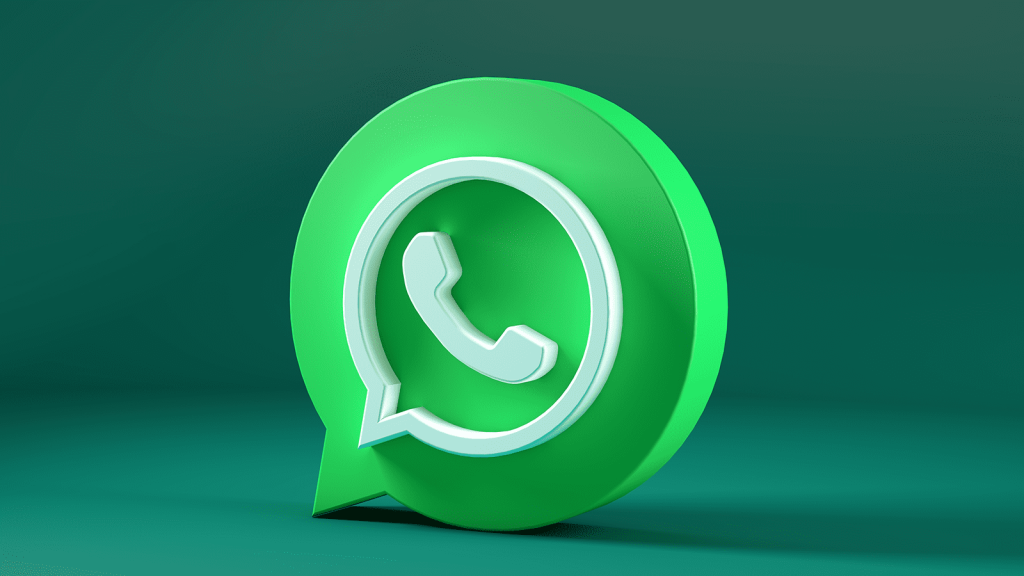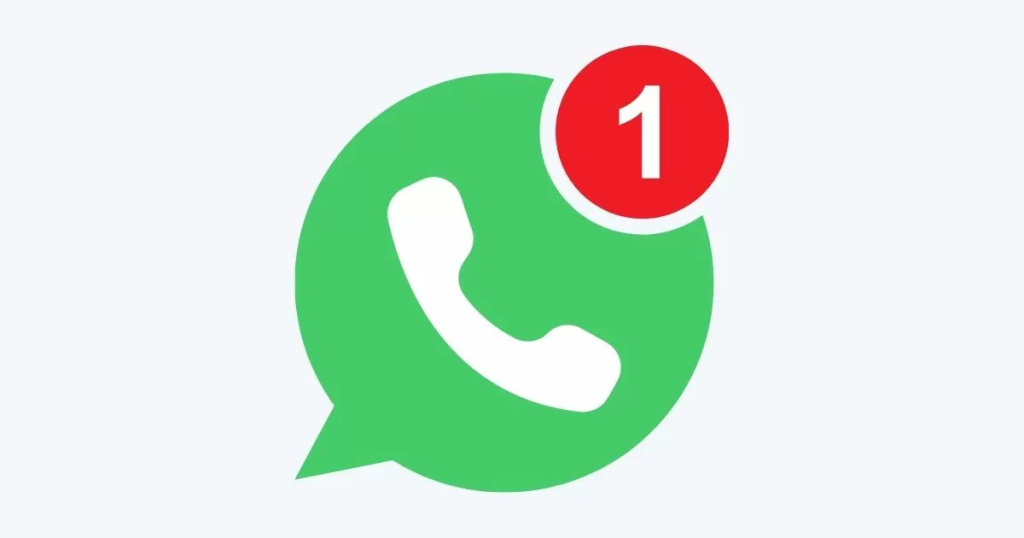In 2025, as businesses strive to enhance efficiency and customer engagement, WhatsApp automation has emerged as a powerful tool. Leveraging this technology can set your business apart in a competitive market. Here are 10 effective tips to help you make the most of WhatsApp automation.

I. Choose the Right Automation Tools
A. Evaluate Your Business Needs
- Identify Key Requirements
Before selecting an automation tool, clearly identify your business needs. If you run an e – commerce store, you may need tools for order confirmations, delivery updates, and abandoned – cart reminders. For example, if your business has a high rate of abandoned carts, look for tools that can automate personalized reminder messages to nudge customers towards completing their purchases.
- Consider Future Scalability
Think about the future growth of your business. A small – scale startup might initially need basic automation for customer support, but as it expands, it may require more advanced features like high – volume message broadcasting and integration with multiple business systems. Choose a tool that can scale with your business.
B. Research Available Tools
- Understand Feature Sets
Research different WhatsApp automation tools in the market. Some tools offer basic features such as auto – reply to common queries, while others provide more advanced capabilities like chatbot integration, lead generation, and analytics. For instance, a tool like Aisensy offers features for automating payment reminder notifications, which can be a great fit for businesses dealing with recurring payments.
- Read User Reviews and Testimonials
Check user reviews and testimonials to gauge the reliability and effectiveness of the tools. A tool with positive reviews from businesses similar to yours is more likely to meet your needs. If many e – commerce businesses praise a particular tool for its seamless integration with Shopify and high – success rates in recovering abandoned carts, it’s a strong indicator of its value.
II. Develop a Clear Automation Strategy
A. Set Goals and Objectives
- Define Measurable Goals
Set clear, measurable goals for your WhatsApp automation. For example, aim to reduce response times to customer queries by a certain percentage, or increase the conversion rate of abandoned carts. If your current response time is 24 hours and you set a goal to reduce it to 1 hour through automation, you have a clear target to work towards.
- Align with Business Goals
Ensure your automation goals align with your overall business goals. If your business objective is to increase customer loyalty, use automation to send personalized loyalty – program updates and exclusive offers on WhatsApp.
B. Plan Your Message Flows
- Map Out Customer Journeys
Map out the different customer journeys in your business. For a subscription – based service, the customer journey might include onboarding, regular service updates, and renewal reminders. Plan the WhatsApp messages at each stage. For example, send a welcome message with a quick – start guide when a new customer subscribes, followed by regular tips related to the service.
- Create Engaging Message Content
Craft engaging message content for each stage of the customer journey. Use clear and concise language, and add a personal touch. Instead of a generic “Your order has been shipped,” you could say “Hey [Customer’s Name], your order is on its way! You’ll receive it within [X] days. Let us know if you have any questions.”

III. Leverage Automation Features Effectively
A. Use Chatbots Wisely
- Train Your Chatbot Well
Invest time in training your chatbot. Provide it with a wide range of common questions and their accurate answers. For a travel agency, train the chatbot to answer questions about popular destinations, flight schedules, hotel availability, and visa requirements. The more comprehensive the training, the better the chatbot can serve customers.
- Set Up Handover to Human Agents
Determine when to hand over the conversation from the chatbot to a human agent. If a customer’s query is complex or requires emotional intelligence, like handling a complaint about a bad travel experience, the chatbot should be able to transfer the conversation to a human agent seamlessly.
B. Implement Personalization
- Segment Your Customer Base
Segment your customer base based on various factors such as demographics, purchase history, and behavior. An online beauty store can segment customers into groups like “frequent buyers,” “first – time buyers,” and “customers interested in anti – aging products.”
- Send Tailored Messages
Send personalized messages to each segment. For “frequent buyers,” offer exclusive discounts or early access to new products. For “customers interested in anti – aging products,” send product recommendations and skincare tips related to anti – aging.
IV. Integrate with Other Business Systems
A. Connect with CRM Systems
- Sync Customer Data
Integrate your WhatsApp automation tool with your Customer Relationship Management (CRM) system. This allows you to sync customer data, such as contact information, purchase history, and communication records. For example, when a customer interacts with your WhatsApp chatbot, the relevant information can be automatically updated in the CRM system.
- Enhance Customer Service
With the integration, customer service representatives can access a complete view of the customer’s history when handling queries. If a customer contacts via WhatsApp with a problem, the agent can quickly check their previous purchases and interactions from the CRM system to provide more informed and efficient service.
B. Integrate with E – commerce Platforms
- Automate Order – Related Messages
Integrate with e – commerce platforms like Shopify or WooCommerce to automate order – related messages. Send order confirmations, shipping updates, and delivery notifications automatically. When a customer places an order on your Shopify store, the system can trigger an immediate order – confirmation message on WhatsApp.
- Streamline Inventory Management
The integration can also help with inventory management. If a product goes out of stock, the system can automatically send a message to customers who have shown interest in that product, offering alternatives or notifying them when it will be back in stock.
V. Monitor and Optimize Your Automation
A. Analyze Performance Metrics
- Track Key Metrics
Regularly track key performance metrics such as response times, message open rates, conversion rates, and customer satisfaction scores. For example, if you notice that the open rate of your promotional messages is low, it could indicate an issue with the subject line or the timing of the message.
- Use Analytics Tools
Leverage the analytics tools provided by your automation platform. These tools can provide insights into customer behavior, such as which messages are getting the most engagement, which segments are more responsive, and at what times customers are most active.
B. Continuous Improvement
- Make Data – Driven Decisions
Based on the analysis of performance metrics, make data – driven decisions. If the data shows that customers are more likely to respond to messages in the evening, adjust your message – sending schedule accordingly.
- Update and Refine Your Strategy
Regularly update and refine your WhatsApp automation strategy. As your business evolves and customer preferences change, your automation approach should adapt. For example, if a new trend emerges in your industry, incorporate it into your message content and automation flows.

In conclusion, by following these ten tips, you can maximize the potential of WhatsApp automation for your business. It can lead to increased efficiency, better customer engagement, and ultimately, business growth in 2025 and beyond.



